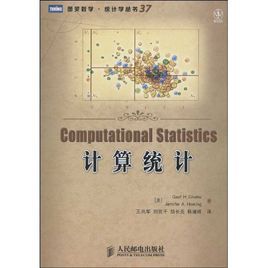We report on what seems to be an intriguing connection between variable integration time and partial velocity refreshment of Ideal Hamiltonian Monte Carlo samplers, both of which can be used for reducing the dissipative behavior of the dynamics. More concretely, we show that on quadratic potentials, efficiency can be improved through these means by a $\sqrt{\kappa}$ factor in Wasserstein-2 distance, compared to classical constant integration time, fully refreshed HMC.
翻译:更具体地说,我们证明,在二次潜力方面,瓦斯特斯坦-2距离以美元计算,比起传统的持续融合时间、完全更新的HMC, 效率可以通过这些手段提高。
相关内容
专知会员服务
36+阅读 · 2019年10月17日
Arxiv
0+阅读 · 2022年10月26日




